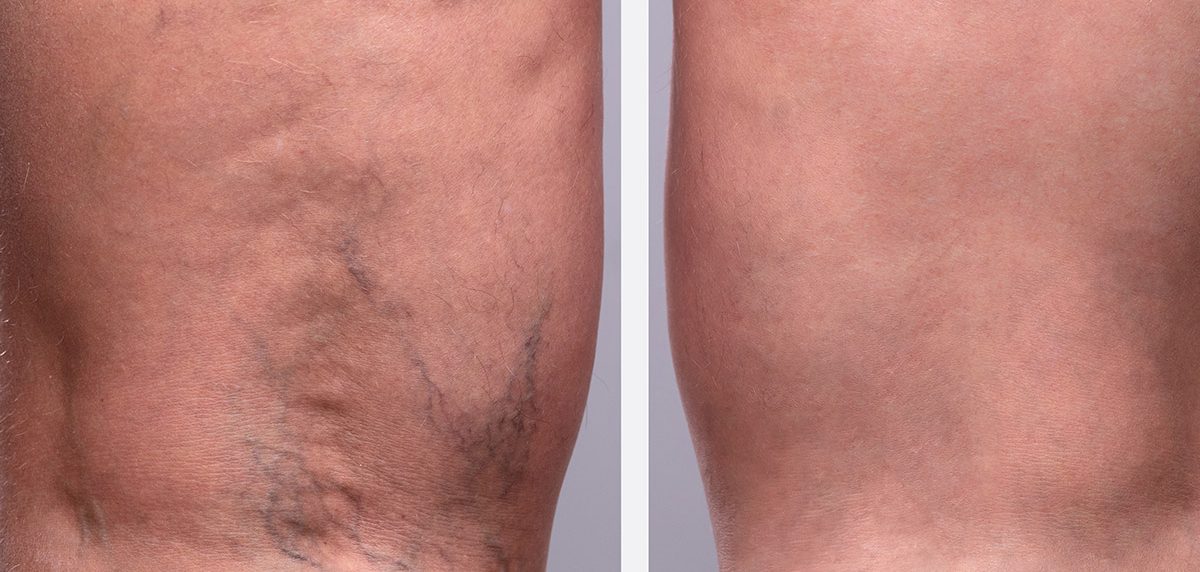Deep Vein Thrombosis, or DVT, is a condition where blood clots form in the deep veins of the body. Although it’s not immediately life-threatening, prompt and proper treatment is crucial to prevent potentially serious and life-threatening complications. If it is suspected that you have DVT, your healthcare provider may perform a quick test called the Homan’s Sign Test, which checks for DVT.
What is the Homan's Sign Test?
The Homan’s Sign Test is a dorsiflexon sign test that, if positive, can indicate DVT in a patient. It is thought that flexion of the knee and dorsiflexion of the ankle puts tension on the posterior tibial vein, which may cause pain behind the patient’s knee. Although the Homan’s Sign Test is only accurate just over 50% of the time, it can be a useful tool to determine if a patient may need additional tests (like a D-dimer test, pulmonary angiography, or ultrasonography).
How is the Homan's Sign Test Performed?
The Homan’s Sign Test is performed by having a patient sit on the side of a table with both legs hanging off the edge. The examiner will have the patient straighten their leg and then move their foot into dorsiflexion (flexing their foot so that their toes point upwards). The examiner will then squeeze the patient’s calf with the other hand while flexing and unflexing the foot. Tenderness or pain in the calf may indicate a positive Homan’s test or the presence of DVT
Is the Homan's Test Accurate?
The Homan’s Test is a good tool for healthcare providers but should not be the only test used in diagnosing DVT. The pain felt from the test may be attributable to a number of other factors unrelated to DVT. Some potential reasons include:
- Not all patients with DVT even test positive on a Homan’s Sign Test. A recent medical study found that only 30% of individuals with a DVT diagnosis had a positive Homan’s Sign Test.
- The test can be unreliable if conducted incorrectly. If the leg is not in the right position or the leg is not flexed enough, the test will yield inaccurate results. It is important to let your medical provider perform this examination for you.
- The patient may have misinterpreted the stretch. If their muscles are tight, the stretch of the test may have just caused general discomfort, not deep pain indicative of DVT.
- A bruise, general soreness, or a pulled muscle may also contribute to pain that may be felt during a Homan’s Test.
Getting Treatment for DVT
If you experience throbbing pain, swelling, darkened skin or warm skin in your lower legs, contact your doctor to find out if you have Deep Vein Thrombosis. If you need further testing for DVT, don’t hesitate to schedule an appointment at Kafri Wellness Clinic at (619) 434-0204 today. Our experts have all the knowledge and equipment to plan a course for your vein treatment.

